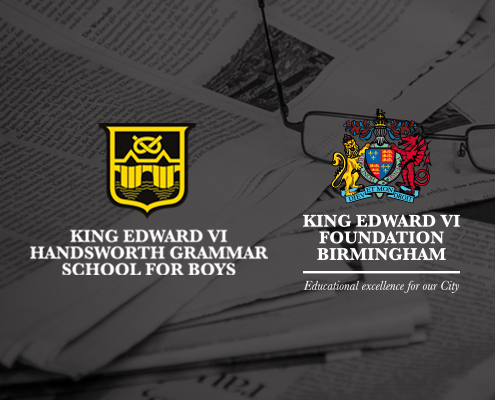AS and A2 Geography Field Trip
The Lake District is well renowned for its beautiful scenery and warm hearted communities, but who would have known that we would have encountered so many different Geography-related topics, which would play a key role in our understanding of Geography on this trip?
On the 18th of March 2014, 26 Sixth Form Geography students went on a residential trip to the bright and very beautiful Lake District National Park. Geographical Skills play a major role in our overall AS and A2 grades: despite the trip being a lot of fun it was vital for our learning too.
After a long 4 hour journey on the minibuses to Lancashire, which was extremely fun, we were glad to be on our feet again! That didn’t last because before long we were asked to walk about two kilometres up a 400m mountain not too far from our base at Castle Head. Although the walk was essential for AS Geographers (for they revise cold environments, glaciers in particular), it was also a great way for everyone to interact and get to know each other. We were then back for dinner which was really nice, especially pudding, which was a Lancashire speciality: Sticky Toffee Pudding – lots of toffee! After that we were able to relax, or so we thought! After a little break we headed to the classrooms and started preparations for our fieldwork the next day.
The following morning AS Geographers set off to study the River Eea. It was a wet and cold day but the advantage of being with friends made the experience more enjoyable and made the work seem less challenging. AS Geographers investigated river characteristics such as discharge, hydraulic radius, gradient and Mannings M (how rough the channel is) and to see how these features changed downstream. By gathering the information they were able to analyse the data using statistical techniques such as spearman’s rank coefficient and then make conclusions about their hypotheses.
Meanwhile A2 Geographers were investigating the changes of sand dunes with distance from the sea with the Lake District’s most famous sand dune habitat: Sandscale Haws. Although they were just a few kilometres away from the other group, they were much luckier with the weather and even managed to experience a bit of sunshine!
On the Thursday we all visited Barrow in Furness, a town of only 60,000. A2 Geographers assessed to what extent urban decline had occurred and evaluated Barrow’s recent urban regeneration.
AS students conducted various surveys to compare Barrow with Lindale (a rural village) such as environmental quality, rurality and provision of services. They also compared secondary data looking at age profiles, household tenure, socio-economic demographics and occupation types.
We then returned to the classroom and analysed and presented our data to each other. A nice dinner followed and then some time to relax. Some watched football, some played football, and others played table football, whereas the girls just chilled!
On the Friday – our last day – we visited Kirkby Moor. A2 Geographers were looking at plagioclimax and how the heather moorlands are managed to keep their beauty. They were lucky enough to meet the man who manages the heather moorlands; he alone looks after 1000 acres of land. Heather moorlands are really important for our heritage as they are fairly unique to Britain: 25% of all heather moorlands are situated here. AS Geographers were looking at the visual and noise impacts of wind turbines. There were 12 turbines on Kirkby Moor, which produce 4.8 Megawatts, enough to power some 2,700 homes. They also had the chance to see Barrow Offshore Wind Farm and Heysham Nuclear Power Plant in the distance, which fitted in nicely with the energy issues unit of work.
We all learnt a lot from our experience at Castle Head. It was really fun and we recommend anyone considering AS & A2 Geography to definitely get involved! Putting the fun to one side, we think the trip really helped us with our Geographical skills which is an important part of our exam this year and it allowed us to do it in the great outdoors! This was more than we could ever have learnt from any text book. It was an experience to remember.
Hamza Akram & Muna Bulaleh








